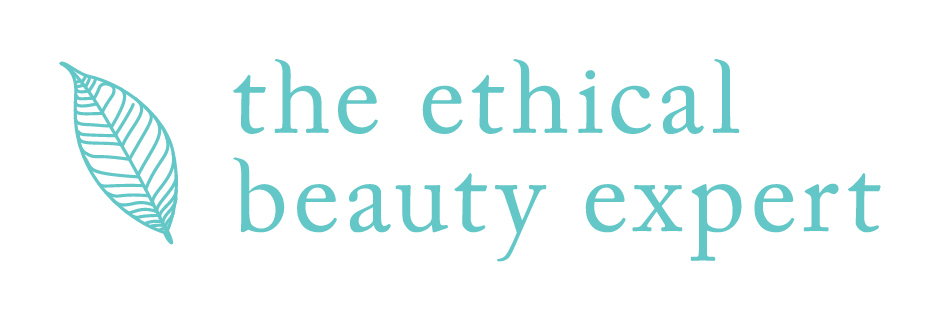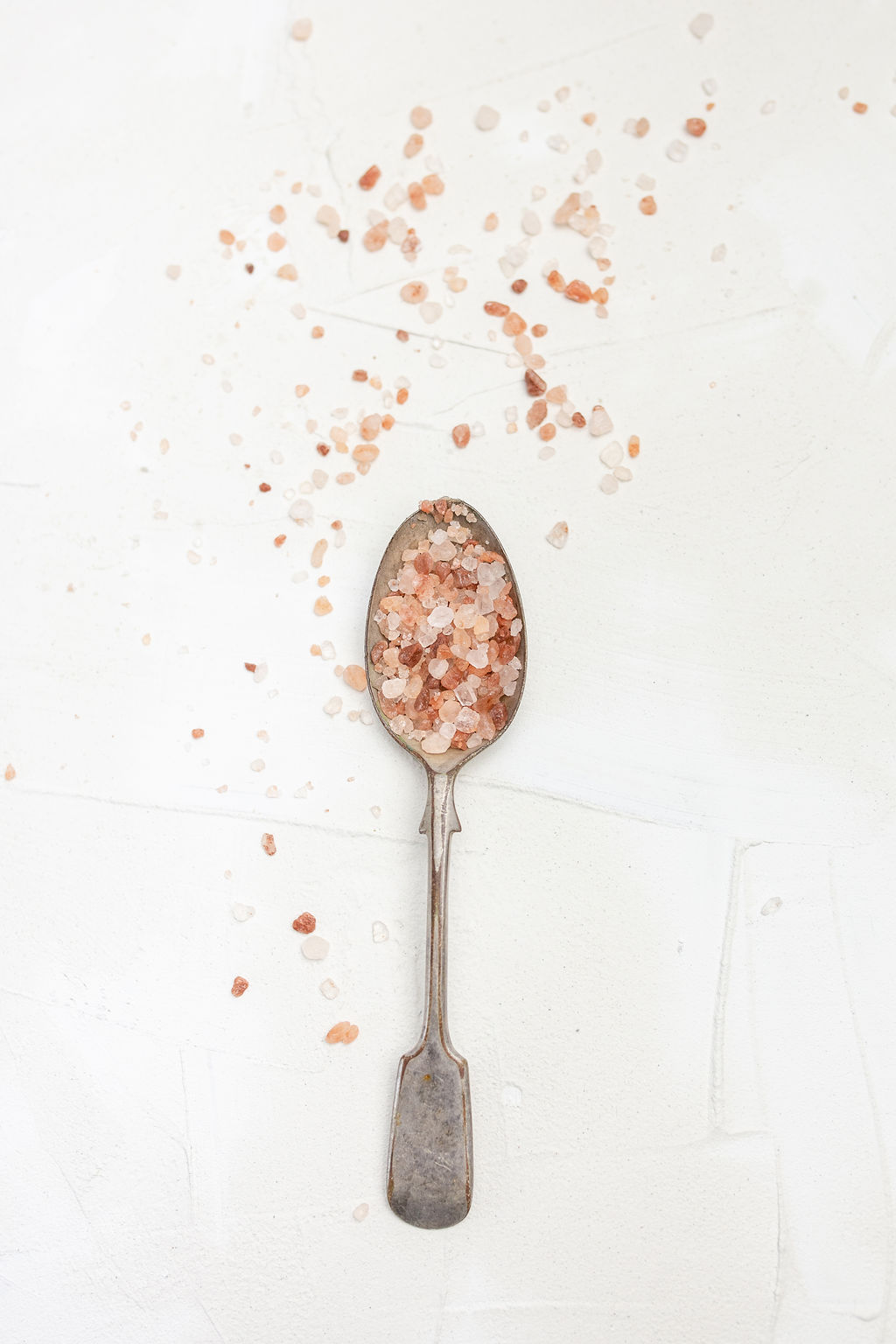There is so much confusion out there regarding manual scrubs versus chemical peels, versus masking, microdermabrasion, laser, or retinol treatments
Choosing the correct treatment for you depends on what
- Results you are after or
- How much time you are willing to spend on this step of your skincare or
- What does your skin need?
A problem we are faced with is that we are constantly being inundated with more and more skincare information saying that we need to use everything to achieve glowing skin – but the truth is – often less is more.
In so saying – there is nothing wrong with giving your skin that added love – and in so saying I will hopefully help you choose the correct product for your needs.
Manual Scrubs
Manual scrubs are the ideal scrub for the woman on the run. You can do them in the shower, and they are easy to fit into your skincare routine as you should use these 2 – 3 times per week.
They are not suitable for skins with septic acne as they spread the acne around your face – not ideal, causing more acne. If you suffer from eczema, psoriasis or rosacea, you can use these when your skin is not inflamed.
A good quality manual scrub is an easy way to remove dead skin cells, unblock pores, stimulate blood flow and boost collagen production.
A good manual scrub will have small round rice, bamboo, or oat grains in it – small enough to enter the pores and round edged so as not to damage same pores.
Grainy enough to lift dirt and pollution and dead skin cells off – so you can feel it gently exfoliating the skin. Not so gentle that you can only feel a few random grains floating around in a soapy base- that’s just a waste of your time and money and will do more harm than good.
Some scrubs have small and large grains – and as long as they are all round – they are the best because the larger grains will stimulate blood flow in the lower levels of the skin – stimulating collagen production.
No matter what part of you, you are exfoliating, be it your face or body, your skin is all skin – no rough scrubbing anywhere unless you wish to speed up your ageing process!
Your skin should feel soft, smooth, and hydrated post scrub if it’s giving you the best results.
If you love a good coffee scrub – get one which contains rice powder or another fine powder with the coffee, sugar scrubs or salt are harsh and will damage your skin – even if its’ your body and you are told the skin is more resilient – believe me – it might be that – but it is made up the same way as your face is.
DIY Scrubs
ARE DIY Face scrubs and body scrubs good for you?
DIY Exfoliating treatments could be doing your skin more harm than good, but some are actually not bad!
There are so many recipes for DIY face scrubs, face masks, but my favourite gentle options are:
Lemons.
Alpha Hydroxy Acid – Citric Acid is made from lemons.
Lemons have a long history of being used to remove fishy smell from the hands, dirt, bleach pigmentation and loosen blackheads.
Lemons loosen up the dead skin cells, so they slough off.
Of all of the DIY exfoliating options – this one scores well with me.
Easy to do – just wipe the lemon over your face and leave for a few minutes.
Or for a hydrating anti-ageing treatment – mix squeezed lemon juice into some honey and apply like a mask.
Coffee grains mixed with rice powder is my preferred choice for a body DIY.
Coffee stimulates circulation, and the grains are small enough to not cause damage to the skin even if they are not round.
Rice powder (you can buy this or put brown rice in the Nutribullet or equivalent and mill it down). Is fine and small and gets into your pores and lifts out the dirt, dead skin cells and bacteria.
Mix them together with some olive oil or coconut oil for a healthy invigorating body scrub!
But don’t use coffee on your face! Too coarse!
Rice powder is my favourite for DIY face scrubs, it is gentle and very effective.
Mix with some jojoba oil or coconut oil for a gentle, hydrating (remember hydration is everything!) face scrub.
DO NOT
Use sugar, salt or anything course on your face or body – remember your pores are round – and if you scrub with grains which are angular – you will damage your pores, tear your cells and speed up the ageing process!
Chemical Peels
AHAs, BHAs, Enzyme Peels, Vitamin C Peels, Retinol Peels
Confusing isn’t it!?
These are all classified as chemical exfoliants – although they are actually naturally derived acids from plant or fruit extracts.
Glycolic comes from sugar cane, citric comes from citrus, salicylic acid from willow, and lactic acid from milk.
Pineapple and papaya are commonly used for enzyme exfoliants, as well as pomegranate or pumpkin.
So….. which one is best for your skin?
AHAs (Alpha Hydroxy Acids) and BHAs (Beta Hydroxy Acid) loosen up dead skin cells so they can naturally shed off by themselves.
Enzymes break down and ‘eat’ the dead skin cells.
Vitamin C works in a similar way to AHA’s, but it infuses the skin with a massive boost of – yes – you guessed it Vitamin C – which causes the skin to shed and start working overtime – this treatment is best for pigmentation.
Then there are also Retinol Peels, which are made from Vitamin A. These stimulate collagen renewal, but I do recommend you only let a professional do this or buy a product from a beauty therapist or dermatologist.
If you are serious about skincare and/or need highly effective results – you can buy AHA or BHA products online or off the shelf – but I do recommend you purchase these from a beauty therapist so that you don’t use too much or the incorrect kind.
AHA Lactic acid is best for dry, sensitive skin, and non- inflamed eczema skin.
AHA Glycolic acid is best for congested skin, blackheads, acne and milia. It is also used for severely sun-damaged skin to break down the upper layers before using a lactic acid peel in a salon.
BHA Salicylic acid is the preferred product for acne.
Retinol is suitable for sun- damaged and thickened ageing skin.
Again – I do recommend you have these treatments done by a beauty therapist, or if you buy them – buy them from a therapy range – not off the pharmacy shelf – let alone a skincare store.
Enzyme masks are safer and although the retail versions don’t work as quickly or as affectively as the intensive in salon treatments – you will get beautiful results with persistence and patience without the concerns of having to stay out of the sun.
The other great thing about these is that you can use them on eczema, psoriasis and rosacea without upsetting the skin.
The Enzyme Mini Mask is one of these masks – incredibly active, yet gentle and regenerative at the same time.
Are these better than manual exfoliants?
Chemical exfoliants are more active and intense and should only be used once a week whilst facial scrubs can be used up to 3x.
Vitamin C peels are fantastic for sun-damage and pigmentation. Ideally, I recommend you see a beauty therapist, or again – only buy a ‘do it at home’ treatment from a professional.
Therapists often use a AHA or BHA peel first then follow with a scrub or enzyme mask to remove what the peels have loosened up.
Medical level peels. These are done by dermatologists and highly trained beauty therapists. They take off most of the upper level of the skin (the epidermis)– good in theory, but I don’t like them because the skin becomes even more sun-damaged if you go outside. They usually involve some major downtime as they can leave the skin bleeding. They often also leave you looking stretched like cosmetic surgery – not more even toned.
Some high-level peels used by a gentle handed beauty therapist can work extremely well – but to get to these – you have to go through the lower levels first and work up to the higher levels. If your therapist offers you this style of treatment, I recommend it – you are in good hands.
Microdermabrasion
Microdermabrasion has become very popular with beauty therapists only because they can control which areas need more work than they can with a chemical peel.
My concern is – having worked with microdermabrasion – they were originally designed to breakdown stubborn scar tissue, or kick start a thickened sun- damaged skin before applying a lactic acid peel.
They were never and should never be used on healthy skin.
Think – walking on bare feet. When you walk on bare feet all the time, your feet get thickened because they are protecting themselves.
This is what happens with your face – treat the skin too harshly and it will slowly thicken up to protect itself.
This also applies to;
Laser
Laser treatments definitely have their place.
Laser is perfect for removing large dark pigmented spots – just remember once this is done – you will never be able to not wear a hat and a thick sunscreen to protect this area treated.
Laser is fantastic for face lifts and contouring – but think before you have it for pigmentation, try vitamin C peels and an incredibly hydrating skincare routine first before trying to use it for pigmentation.
Leave me a message if you want to know more! I think I have explained myself and answered all questions – but I never really know – so love questions!
Yvette x


